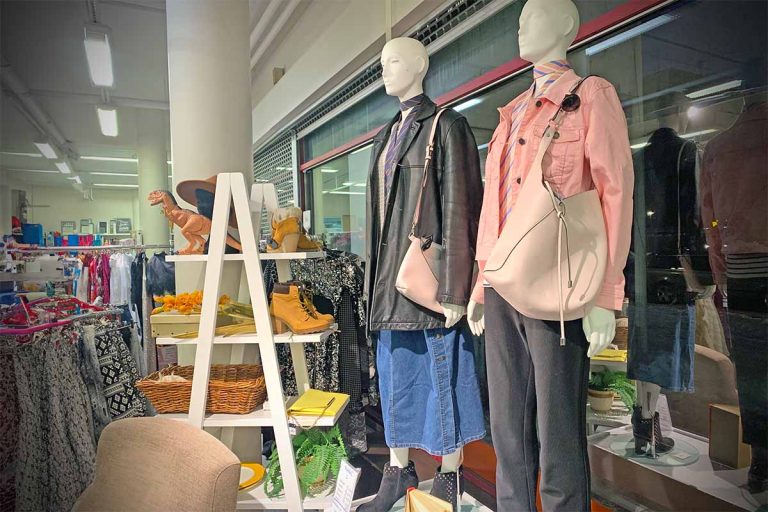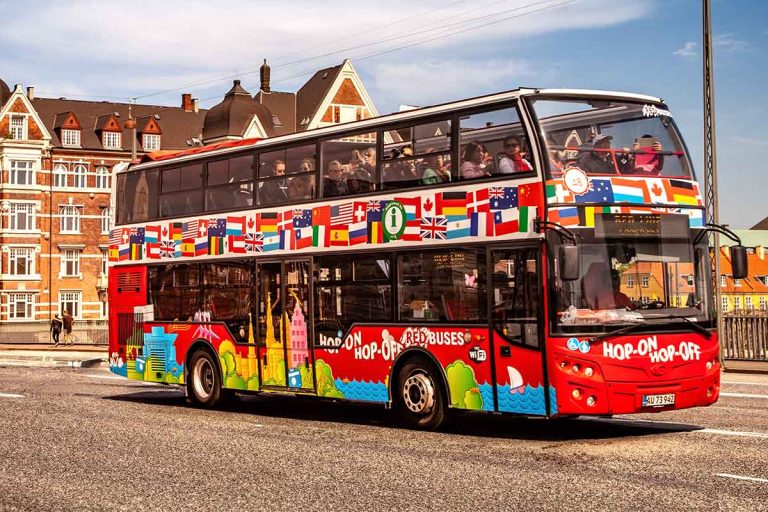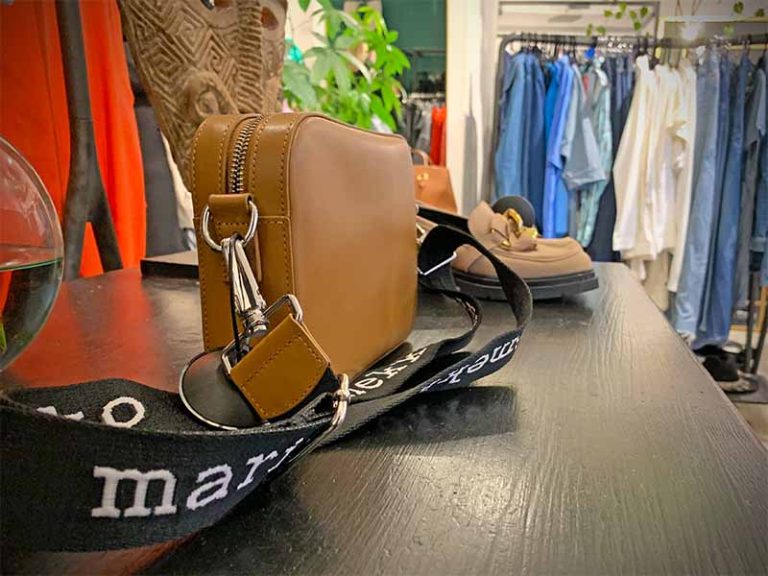The Rise of Second-Hand Stores in Helsinki: A Shift in Fashion Culture
Second-hand shopping is booming in Helsinki. Here’s how this trend reshapes the city’s fashion culture.
This trend reflects a broader change in consumer habits and the fashion industry worldwide.
1. A Shift from Traditional Flea Markets to Modern Boutiques
Traditionally, second-hand clothes were sold at flea markets, known for their sprawling tables, low prices, and hidden treasures.
The scene has evolved today, with many new second-hand stores in Helsinki.
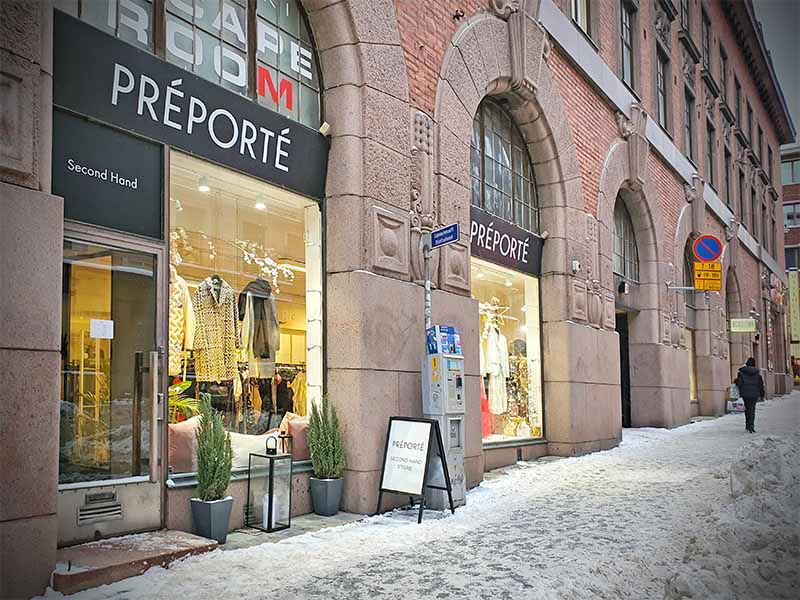
Second-hand products are now found in brick-and-mortar boutiques and shopping centers, featuring aesthetically pleasing, carefully curated collections.
The pricing can range from affordable to premium, reflecting the diverse nature of second-hand fashion.
2. Shopping Centers Embracing Second-Hand
The second-hand fashion trend is clearly shown in Helsinki as several boutiques have opened their doors in prime locations within Helsinki’s shopping centers.
We have many examples of this trend:
- Beyond Retro in Forum Shopping Center
- Moody Monday in Kamppi Shopping Center
- Relove in Stockmann Department Store, and
- An entire circular economy hub in Redi Shopping Center.
3. Growing Popularity Among the Youth
The popularity of second-hand and vintage styles has increased, particularly among younger demographics.
Awareness of fast fashion’s environmental impact has pushed this trend. Not to forget that sharing styling tips for used clothes is a growing trend on platforms like TikTok.
Second-hand clothing is no longer seen just as old and used but as exclusive and distinctive.
It is a more personalized and individualistic fashion statement.
4. Acceptance and Trendiness of Second-Hand Fashion
Buying used clothes has become much more acceptable and fashionable than in the past.
It’s not just the thrifty or environmentally conscious who shop second-hand; it has become a significant trend among the youth, symbolizing environmental awareness.
In fact, in some circles, second-hand clothes are more prevalent than new ones.
- Consumers increasingly accept used clothes.
- Estimates suggest that roughly one in three purchased garments is second-hand.
- The U.S. second-hand fashion market is even expected to surpass fast fashion in a decade.
5. The Unpredictability of Second-Hand Shopping
One of the charms of shopping in second-hand stores is the unpredictability of what one might find. It is like treasure hunting.
Second-hand shopping, especially in shopping centers, provides an experience that is hard to replicate in typical retail stores that often sell season-specific items.
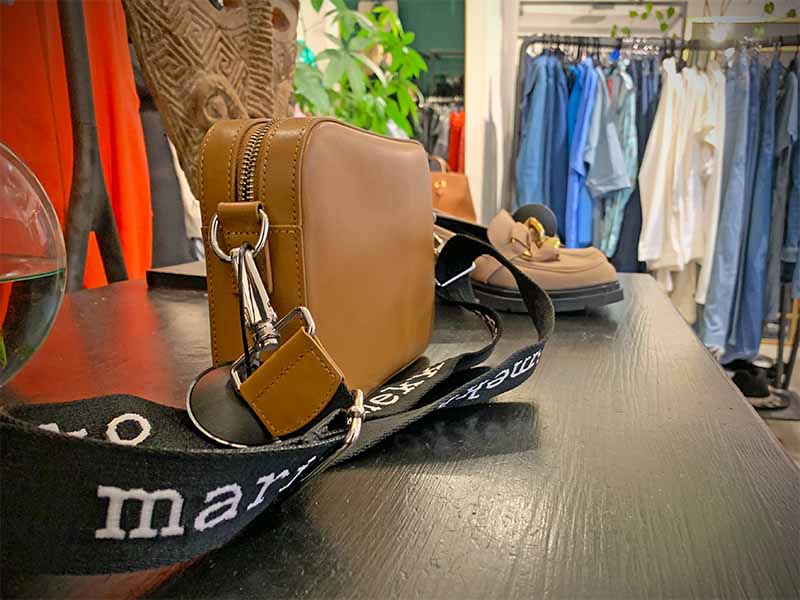
6. Positive Impact on Fashion Industry
One way to view the rise of second-hand shops in shopping centers is that it challenges fast fashion and promotes longer clothing lifespans.
- However, fast fashion won’t disappear anytime soon.
- Globally popular fast-fashion chains, particularly favored by the youth for their affordable prices, continue to attract shoppers.
Indeed, it’s often hard to find basic, simple garments in second-hand shops. The inexpensive clothes from fast-fashion chains rarely survive for a second round, usually ending up as waste due to their lower quality.
As a result, many people might turn to fast-fashion outlets for cheap essential items and seek out second-hand shops for unique, special finds.
In this sense, second-hand shopping is a treasure hunt, where each find is a unique addition to your wardrobe.
7. The Price Factor
A downside to the growing popularity of second-hand clothing is the price rise.
- Higher prices often reflect the uniqueness and quality of the items.
- Additionally, in charity-based shops, processing donated clothes requires resources; sometimes, a portion of the proceeds is donated to charity.
Note that these new second-hand stores in Helsinki have adopted a fixed-price policy. This shift marks a departure from the traditional flea market approach. It highlights the value and quality of the items on sale.
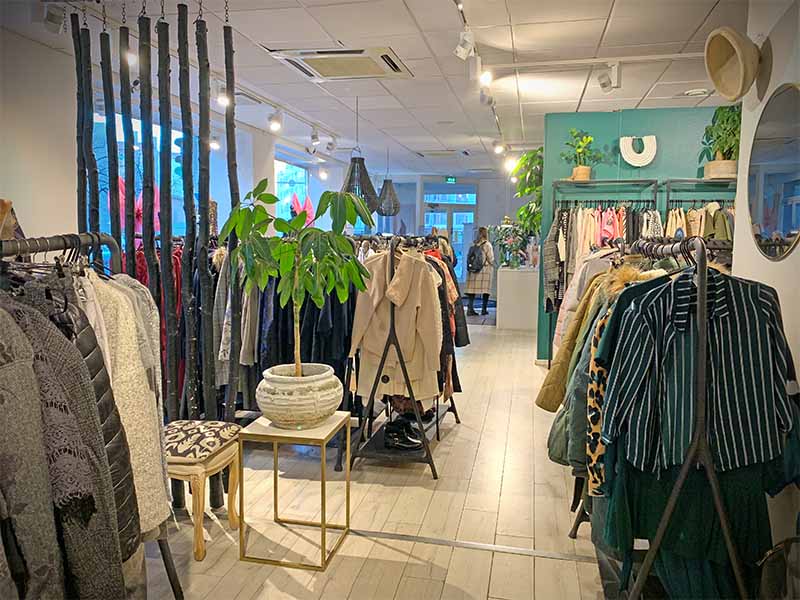
8. Sustainability: A Core Finnish Value
This move towards second-hand shopping aligns perfectly with the Finnish ethos of sustainability. About 60 percent of Finns have bought second-hand products during the past year.
In Helsinki, buying second-hand is not just a fashion statement but a reflection of a broader commitment to environmental responsibility and ethical consumption.
- The fashion and textile industry contributes about 4 to 10 percent of global carbon emissions and consumes substantial natural resources.
- On average, each European produces around 15 kg of textile waste annually.
This cultural shift is particularly resonant among the younger generation, who are keenly aware of the impacts of fast fashion.
9. The Future of Second-Hand Culture in Helsinki
Second-hand culture has firmly established itself in Helsinki’s shopping streets like Fredrikinkatu and shopping malls, suggesting a lasting trend.
As circular economy culture continues to grow, more consumers make conscious choices, favoring sustainability in their fashion selections.
This transformation in Helsinki’s fashion scene is not just a fleeting trend but a significant cultural shift towards sustainable and conscious consumerism.
It reflects a global move towards more ethical and environmentally friendly fashion choices.

The Bottom Line
I’ve witnessed firsthand the bustling vintage and second-hand scene that’s taken our city by storm.
The area I call home is a prime example of this trend, with popular stores like UFF and Relove attracting a steady flow of customers.
Personally, I find myself gravitating towards Relove in Töölö time and again. It’s not just the impressive selection of clothes but the pleasant atmosphere that makes it a perfect spot to unwind with a coffee.





